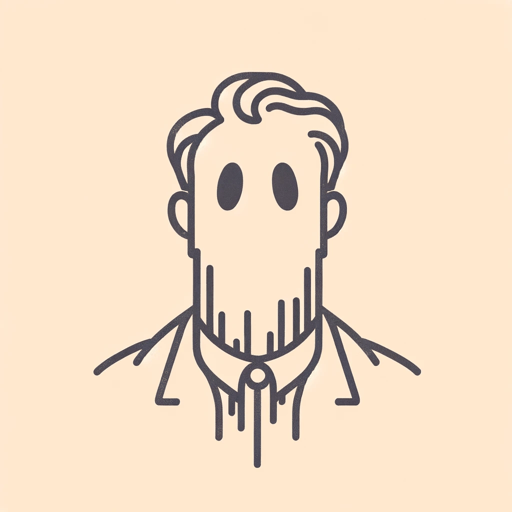56 pages • 1 hour read
Osamu DazaiNo Longer Human
Fiction | Novel | Adult | Published in 1948A modern alternative to SparkNotes and CliffsNotes, SuperSummary offers high-quality Study Guides with detailed chapter summaries and analysis of major themes, characters, and more. For select classroom titles, we also provide Teaching Guides with discussion and quiz questions to prompt student engagement.
Symbols & Motifs
Ghost Portraits
Takeichi introduces Yozo to the idea of “ghost paintings” through a Vincent Van Gough print when they were in high school. Until this point, Yozo had no aspirations for the future. However, after perusing a picture book of Amedeo Modigliani prints, he begins to find kinship with tormented artists and desires to become a painter himself. He paints a series of “ghost portraits” in high school, which he regards as his “lost masterpieces,” his “only really worthwhile pictures” (124). Yozo’s life is steeped in deception, with his personality lacking authenticity. What he is unable to communicate through other means he pours into his ghost portraits. The portraits are a symbol of his inner self, his one means of expressing his inner turmoil.
Yozo’s paintings are unique. Dissatisfied with copybooks and teachers’ examples, he recalls, “I was obliged to experiment for myself entirely without direction, using every method of expression which came to me” (55). However, his paintings remain flat and lifeless until Takeichi’s revelation. Yozo immediately resonates with the idea that artistic expression can come from within, rather than derive from outside sources. He is inspired by painters like Van Gogh and Modigliani, who “did not fob people off with clowning,” but rather “after repeated wounds and intimidations at the hands of the apparitions called human beings.

